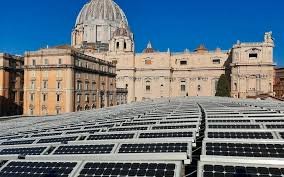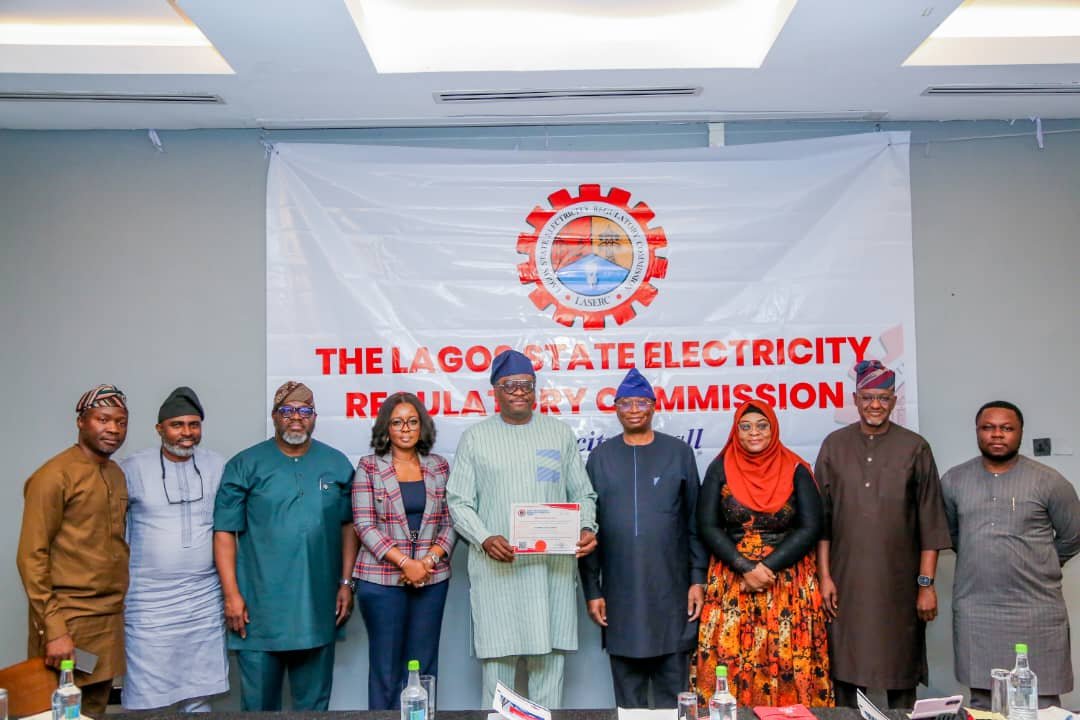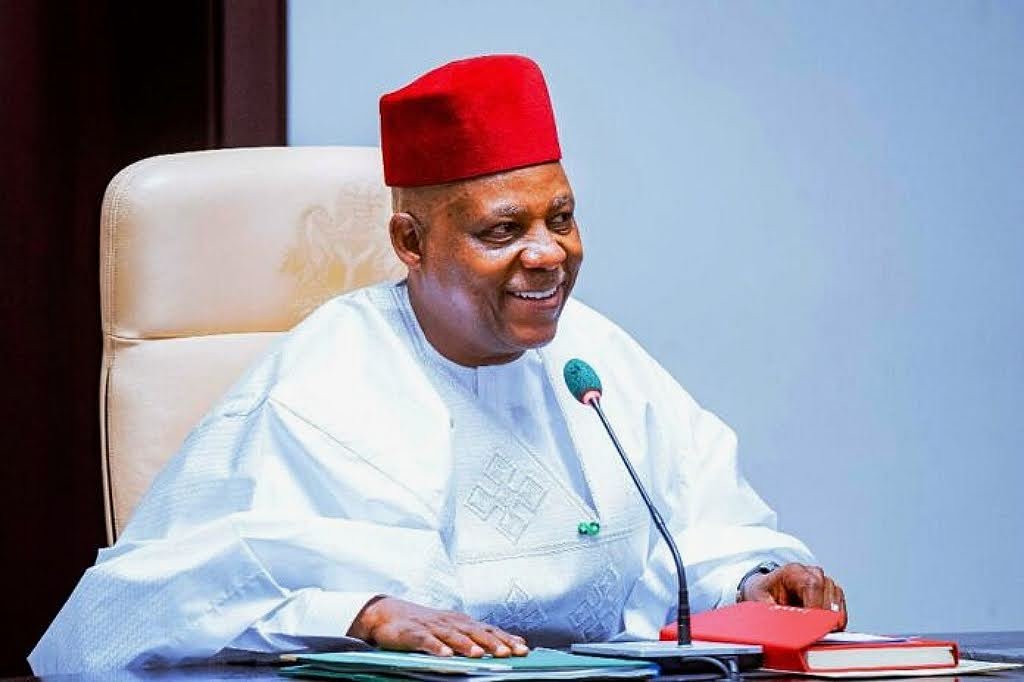Vatican City, the seat of Catholic papacy, has completed its move to solar-powered energy following the completion of its agrivoltaic plant situated on the Holy See’s property at Santa Maria di Galeria on the outskirts of Rome.
As a result of the completion of this project, Vatican City has joined Albania, Bhutan, Nepal, Paraguay, Iceland, Ethiopia, and the Democratic Republic of Congo as the eight countries in the world to generate 100% of their electricity from renewable sources.
About Vatican City’s Solar Project
Pope Francis announced the commencement of the new solar power project last year in his apostolic letter, Fratello Sole (Brother Sun). At the time, he detailed plans to build a solar plant on 424 hectares of Vatican-owned land near Rome.
“We need to make a transition towards a sustainable development model that reduces greenhouse gas emissions into the atmosphere, setting the objective of climate neutrality.
“Humanity has the technological means necessary to face this environmental transformation and its pernicious ethical, social, economic, and political consequences, and solar energy plays a fundamental role.” The pope stated at the time.
The pope thereafter appointed two special commissioners to start work on building the agrivoltaic system: the president of the commission governing Vatican City State, Cardinal Fernando Vérgez Alzaga, and the president of the Administration of the Patrimony of the Holy See (APSA), Archbishop Giordano Piccinotti.
Fast forward to 2025, and the project is completed as Italian energy supplier ACEA installed the photovoltaic roof in just six months in the Courtyard of the Corazze entrance.
“The most difficult thing is to integrate and find spaces to build photovoltaic infrastructure in places that are already heavily built up,” said ACEA president, Barbara Marinali.
“This is an extraordinary example of how you can think, imagine, and build a system that integrates with an infrastructure that already exists.” He concluded.
Vatican City’s Commitment to Global Climate Action
In 2022, the Vatican joined the efforts inherent in the United Nations Framework Convention on Climate Change, which contributed “to the efforts of all states to offer, in accordance with their respective responsibilities and capacities, an adequate response to the challenges posed to humanity and our common home by climate change.”
The UNFCCC represents a commitment to address climate change issues, one of which is global fossil fuel emission. This has led to a drive to cleaner energy in recent years, an initiative the Vatican is a good ambassador of.
























